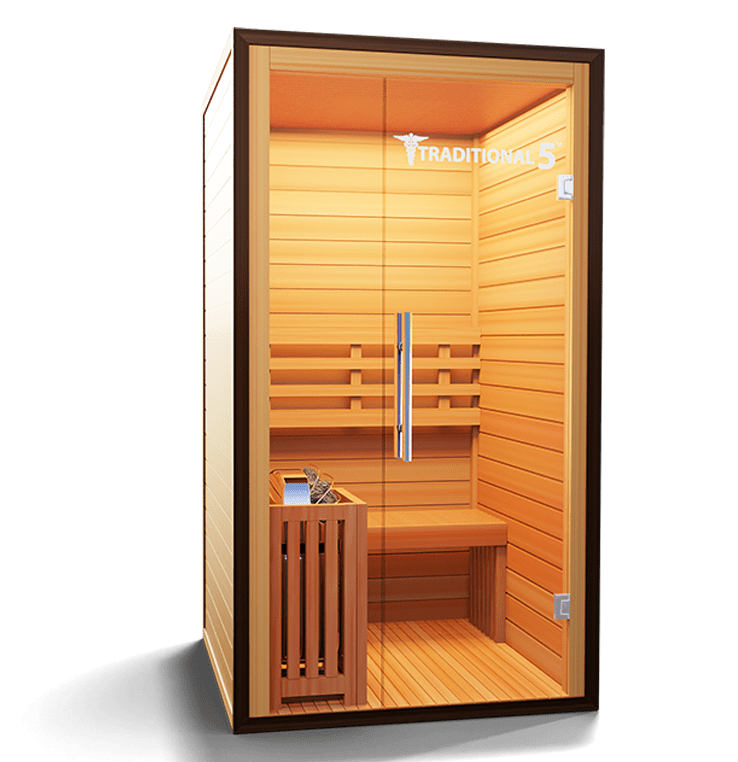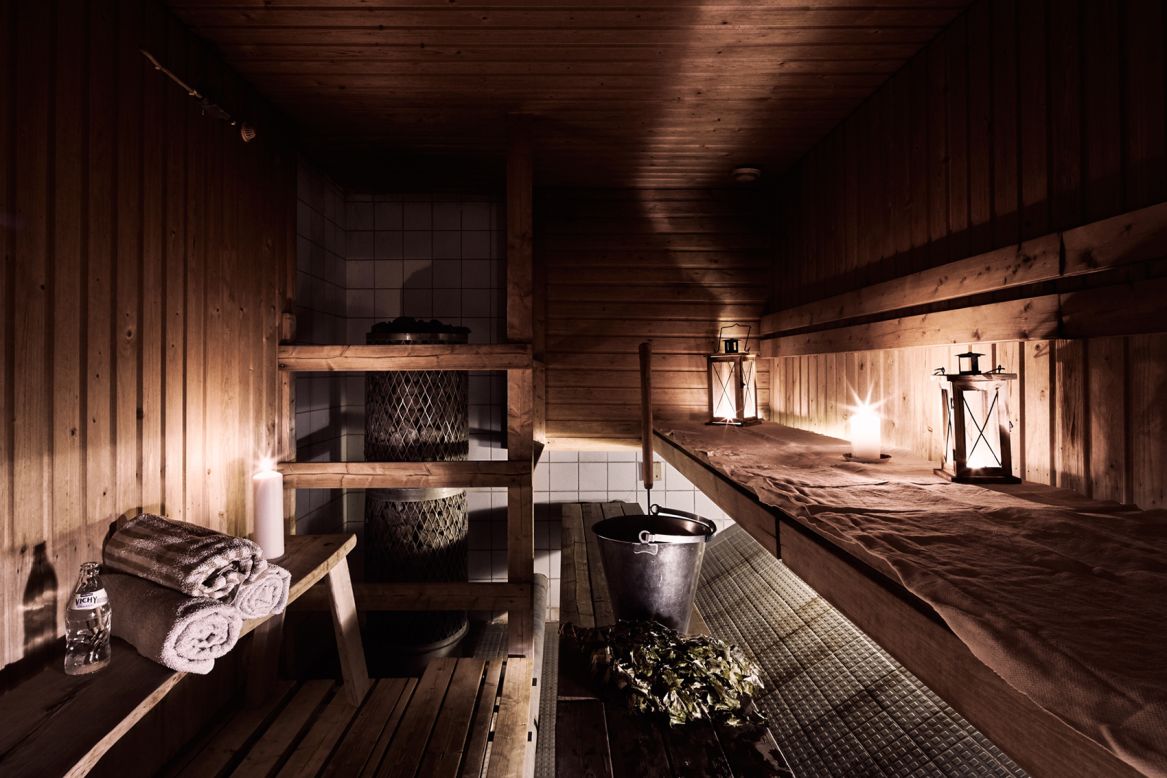Indicators on Traditional Sauna You Need To Know
Traditional Sauna - Questions
Table of ContentsThe Best Guide To Traditional SaunaThe Main Principles Of Traditional Sauna Not known Details About Traditional Sauna Some Known Factual Statements About Traditional Sauna Traditional Sauna - Truths
The majority of the weight lost in a sauna is water loss and is re-gained upon rehydrating. However, undeniably sauna can be an integral part of a healthy and balanced weight management program. To check out the distinctions between conventional and IR saunas, I will certainly divide these right into verifiable, academic, and made differences.Hence, the hottest point in the saunawhich is at the ceiling directly above the sauna heateris commonly between 185 and 190 F. Claims that a traditional sauna exceeds 200 F is simply not real and not suitable for electric saunas marketed in the US. The temperature level for a far-infrared sauna is generally established between 120 and 140 F; however, unlike the typical sauna, the objective in and IR space is not to achieve a high temperature level.
Due to this, the temperature difference is nearly pointless, because profuse sweating causes both sauna types, but the technique of heating up the body is different. In an IR sauna the bather will certainly feel warm and will certainly sweat a lot, however at much reduced temperatures (Traditional Sauna). Therefore, if the objective is to spend longer durations of time in the sauna, the IR sauna is an excellent choice
When a conventional sauna has actually been appropriately warmed, the sauna walls are warm, the air temperature level has accomplished established temperature and the rocks are incredibly heated. As a fascinating side note, the warmed walls and the rocks are producing far-infrared warmth, combined with the heated air, to produce an "wrapping up warmth".
What Does Traditional Sauna Do?

When the high temperature level is attained, the components cycle on and off to keep the heat. Most traditional sauna users delight in pouring water over the rocks to create vapor to increase sauna humidity degrees. The advantages of pouring water over the rocks consist of: making the space much more comfortable, moistening the nasal flows, and permitting the usage of aromatherapy by mixing important oils with the water.

When the power goes into the body, it triggers the body temperature level to boost and eventually results in sweating. In an infrared dig this sauna it is necessary for the emitters/heaters to remain on virtually regularly. Given that there is no mass of rocks to maintain heat, the sauna will cool if the emitters shut down.
As pointed out above, the sauna bather in an infrared area wishes to place himself before i was reading this operating emitters to get optimal take advantage of the heat. The heating time for the two areas can be very various, relying on just how the rooms are made use of. For a typical sauna, a bather ought to enable 30-40 minutes for the room to attain a desired temperature level and to correctly pre-heat the rocks.
Facts About Traditional Sauna Revealed
A well constructed sauna will normally attain a temperature of 150-160 F in about 30-40 mins. For hotter temperature levels, the area may need to warm for a longer period. When the room accomplishes established temperature level, the heating unit will cycle on and off, normally running regarding 50% of the time. The shielded wall page surfaces and the warmed rocks will certainly keep the space warm and at steady temperature levels.

Typical saunas often tend to be bigger (hence utilize even more electrical energy) than infrared saunas, although traditional saunas are definitely offered in one and two person sizes too. For a two-person typical sauna, 5x6 or 5x7 size is most popular. The top bench can easily seat two or three people and is also long enough to relax throughout the sauna session.
Not known Details About Traditional Sauna
The ordinary cost per kWH of power in the united state is about $0.11, so a 4.5 kW heating unit will set you back about $.50 to run for one hour, if the heater runs continually for one hour. Normally a sauna heating unit will certainly run for 75% of the initial hour and 50% of subsequent hours on considering that the elements cycle once the set temperature is achieved.

There is a hardly ever gone over difference in the social experience between the 2 rooms. While our society has actually lost several of the social advantage of the conventional sauna experience, it can be extremely socially rewarding (Traditional Sauna). From family members time in the sauna, to heart-felt discussions with substantial others, to sauna partiesthe standard sauna experience can cause intimate mingling
An Unbiased View of Traditional Sauna
Many higher end infrared spaces include tinted light treatment, audio systems and full-glass fronts.